
How to share your Kindle book quotes on Slack (or anywhere) for quick access to sources
Heading
What system do you currently have to collate your sources? Let me guess.
A hotchpotch pile of papers stuffed into manilla folders or inbox trays? (That's usually the classic.)
Or Evernote, or a similar app, with tagging that you usually forget to do?
Usually all writers have, or wish for, a BETTER system to collect their notes or attributions. Especially when reading a book from a favourite author, a one-liner you want to share with someone else or later in your own book or on your blog.
As Perennial Seller author Ryan Holiday said in this awesome post detailing his comprehensive note card system:
"It’s very important that you mark quotes properly so you never risk forgetting to attribute."
He even includes the finer details:
"To make this extra clear, I always put a circle around the first quotation mark. If I am quoting someone quoting someone else, I’ll usually write “qtd in.”
One of the issues we've encountered in our business is collating sources when we're reading books on Kindle.
Both Kelly and I are avid Kindle users, and share quotes with each other all the time. However, we lose them in a whitewash of shared emails and can never seem to track them down.
Finally, we got fed up and decided to create a #source-inspiration channel in Slack.
I've been working on a bunch of automation with Zapier and thought this could be a cool project for an automation king like me.
Surprisingly it only took 10 minutes to set up and is free.
Watch the fun video I put together above (starring our whole family) or follow the steps below so you can do the same.
I'd love to know what you think! You can email me.
Steps for sharing sources to Slack
1. Create a mailbox at https://parser.zapier.com
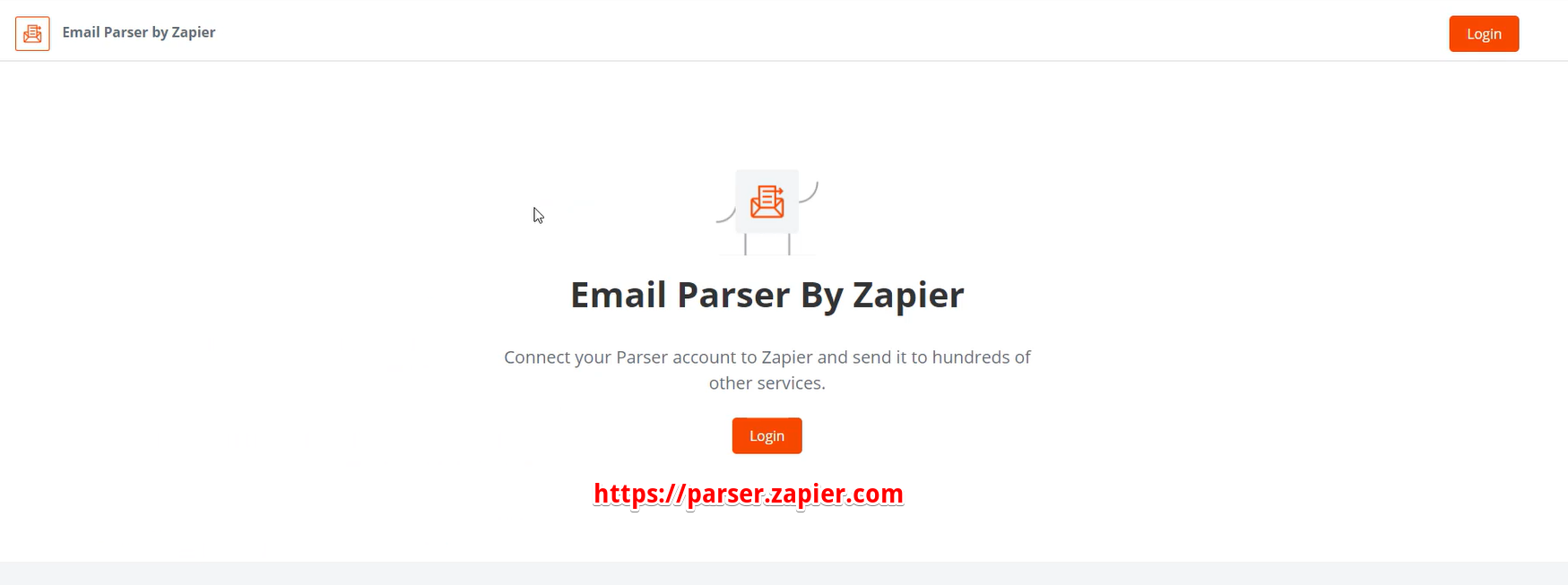
2. Create a new mailbox
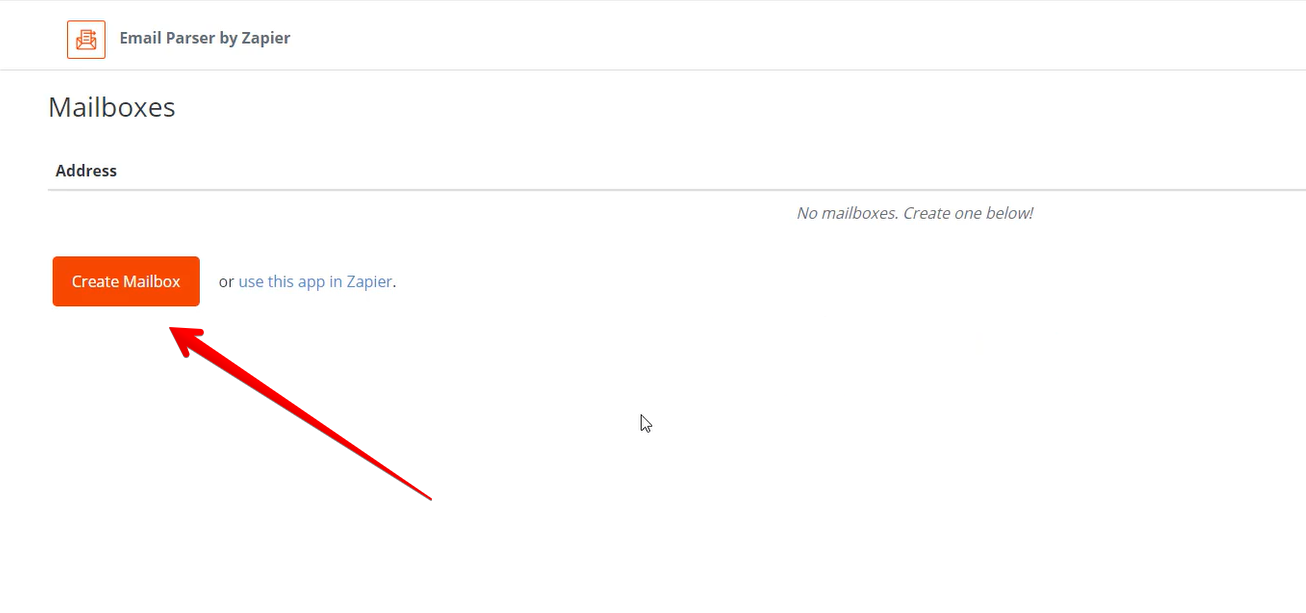
3. Now take a copy of the unique email address created for you
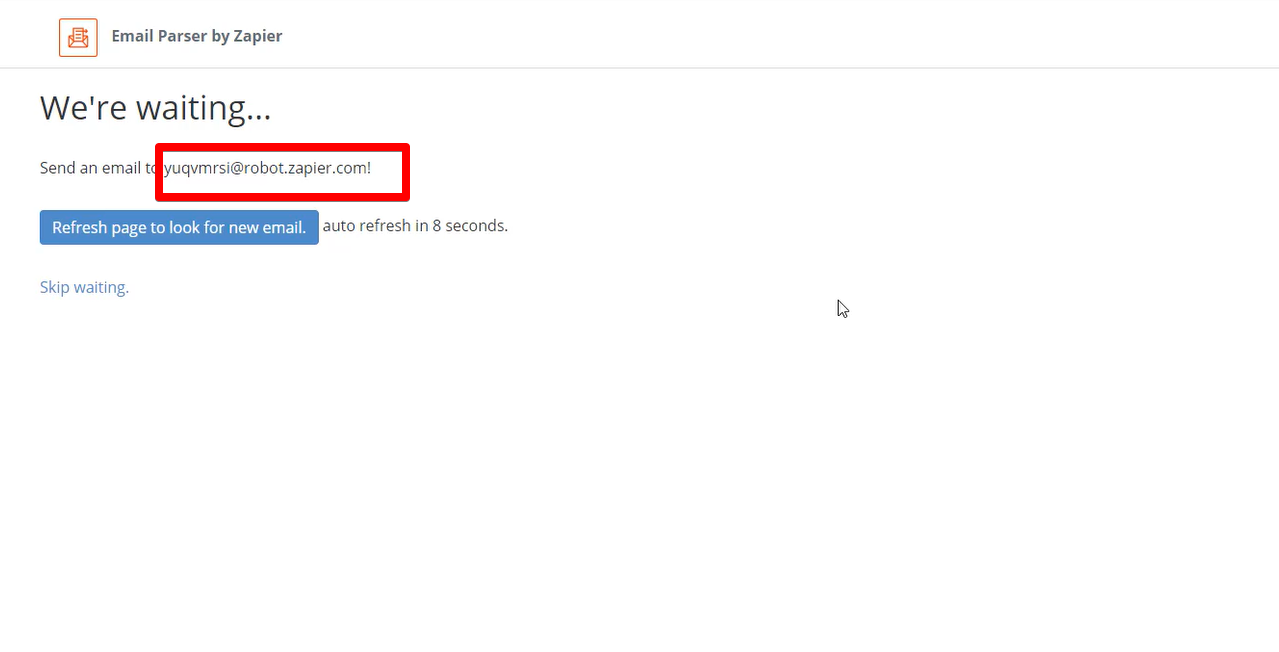
4. Open you Kindle, highlight some text and share via email
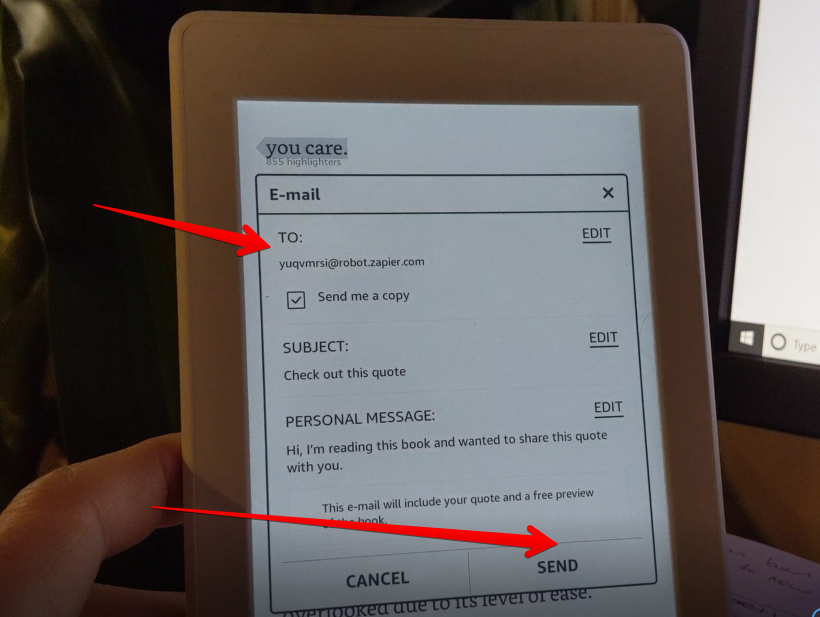
5. Go back to parser.zapier.com You should now see the share you sent via email.
Select the quote and author with parser highlights. These are variables you use in Zapier to build your Slack message.
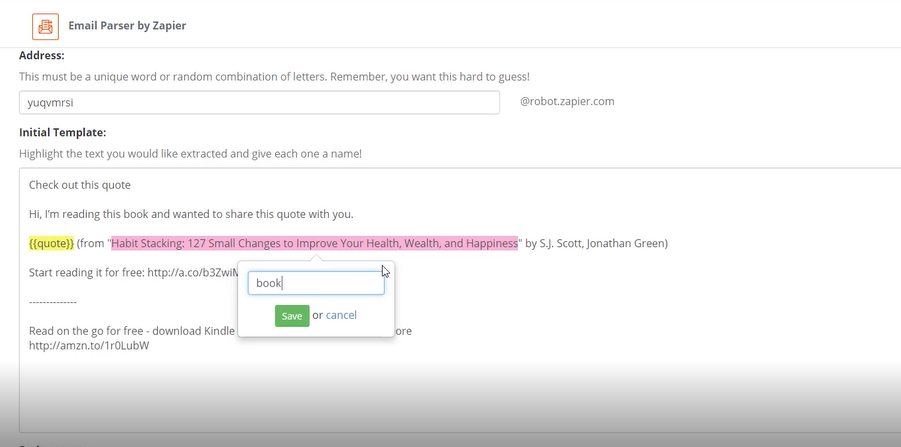
6. Rename to an easy to remember mailbox name and Send to Zapier

7. In Zapier.com select "New Email" email event
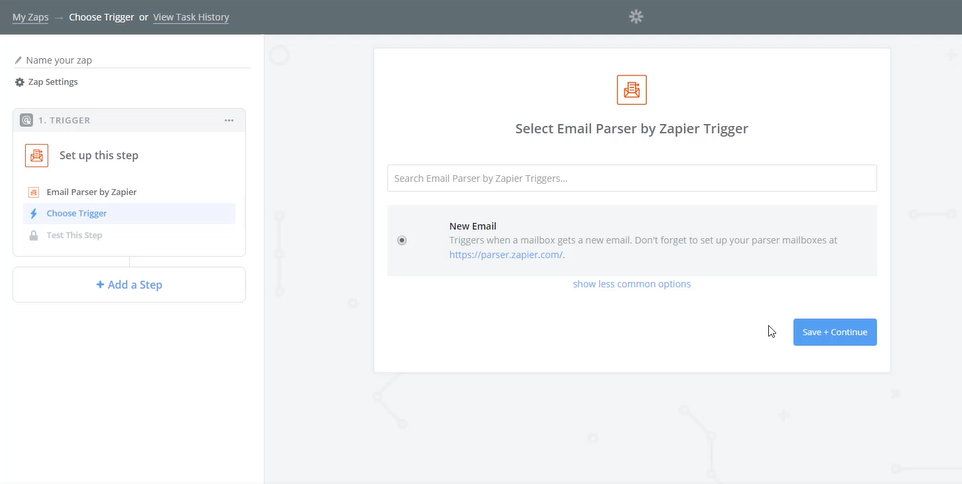
8. Connect and Authorise "Parser by Zapier"
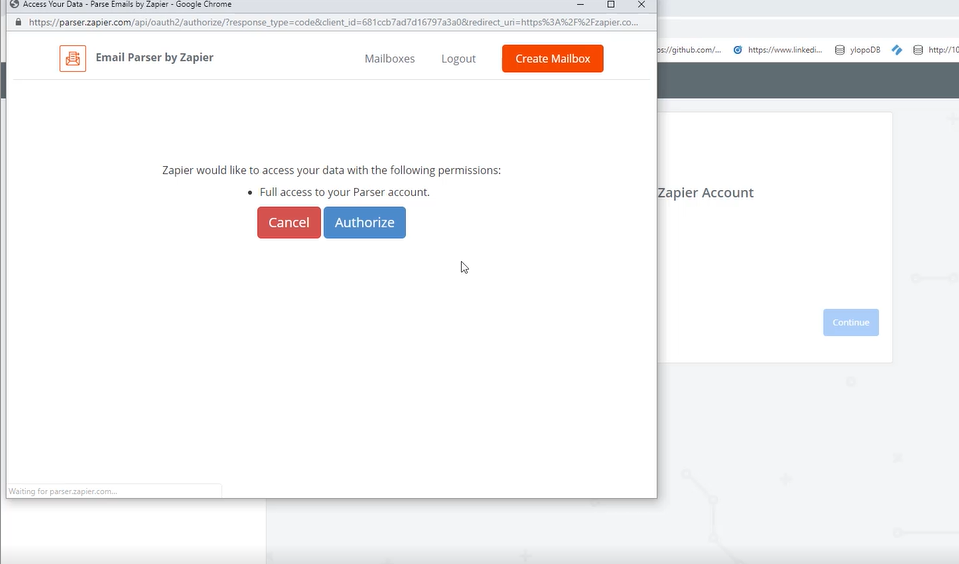
9. Select the mailbox you created in parser.
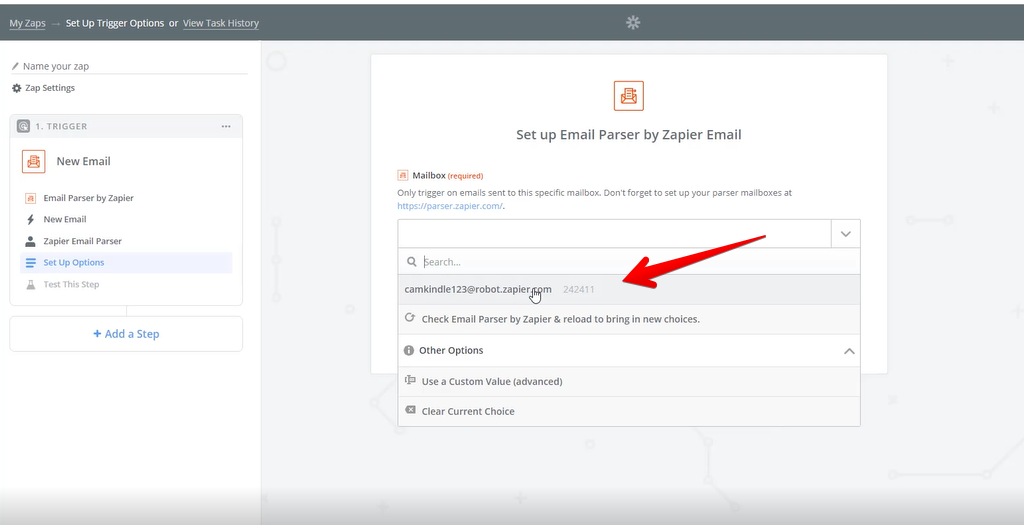
10. Test the setup
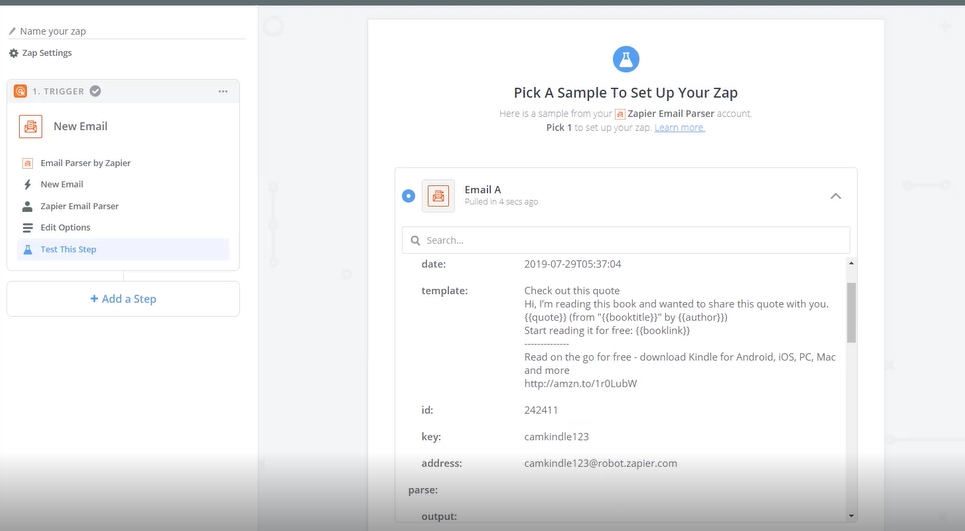
11. Add Slack to the next step and choose the action "Send to Channel"
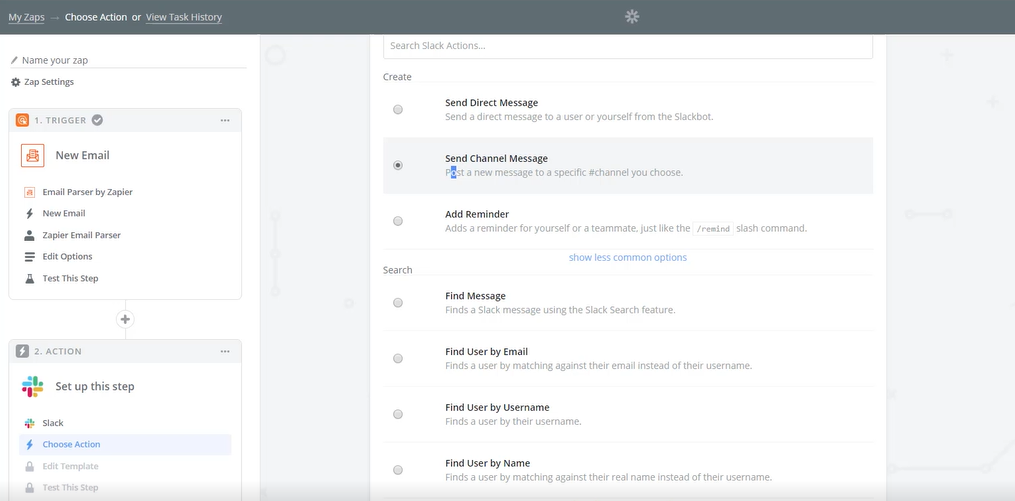
12. Connect Slack
13. Select your channel in Slack and update Message Text
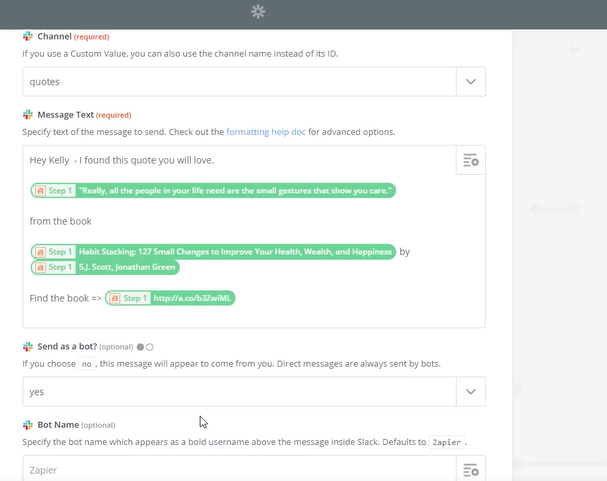
14. Send to Slack and Test....

15. Presto!
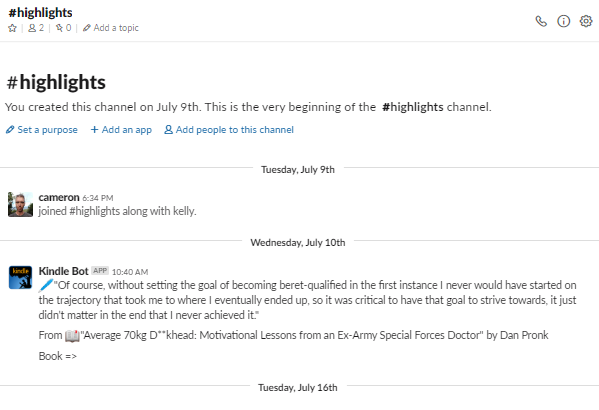
What do you think? Should I do more lab blog posts? Email me and let me know.

